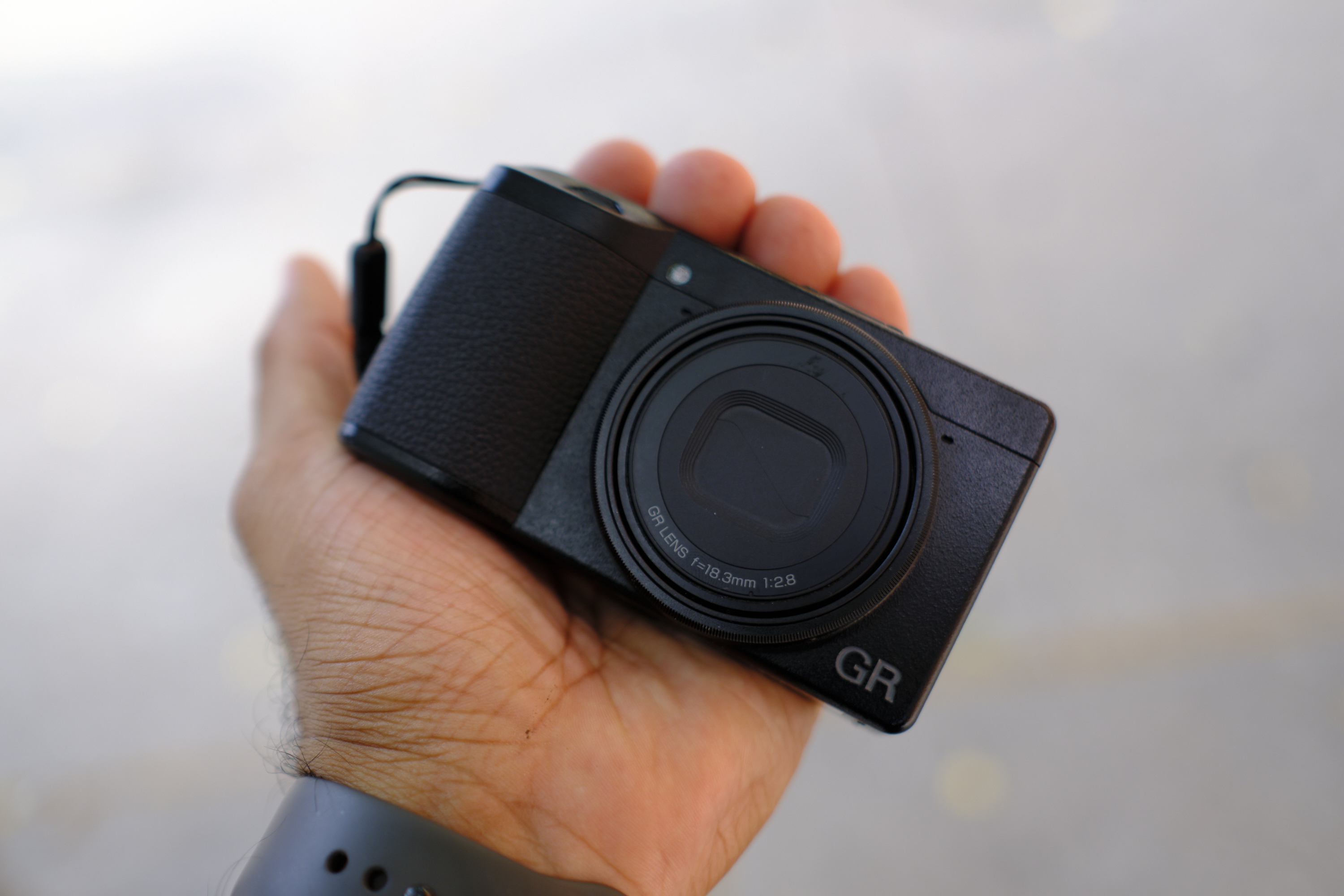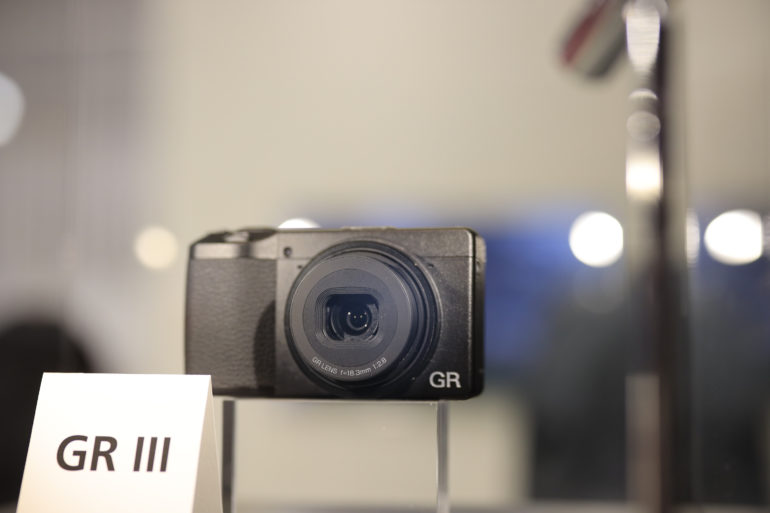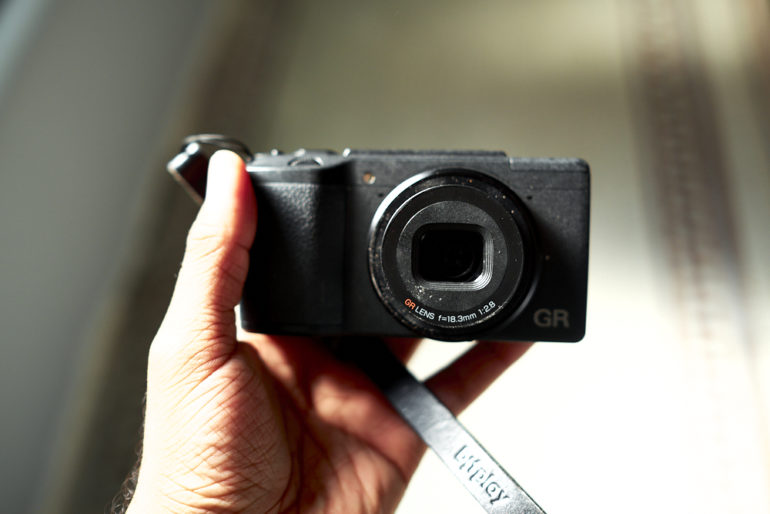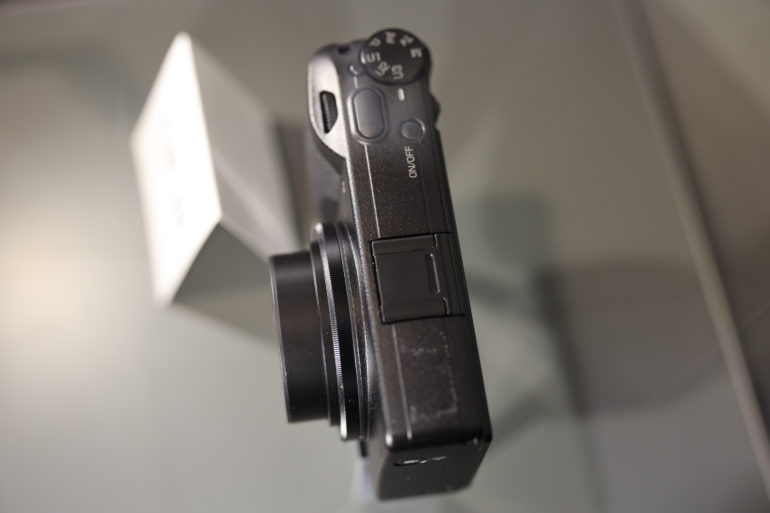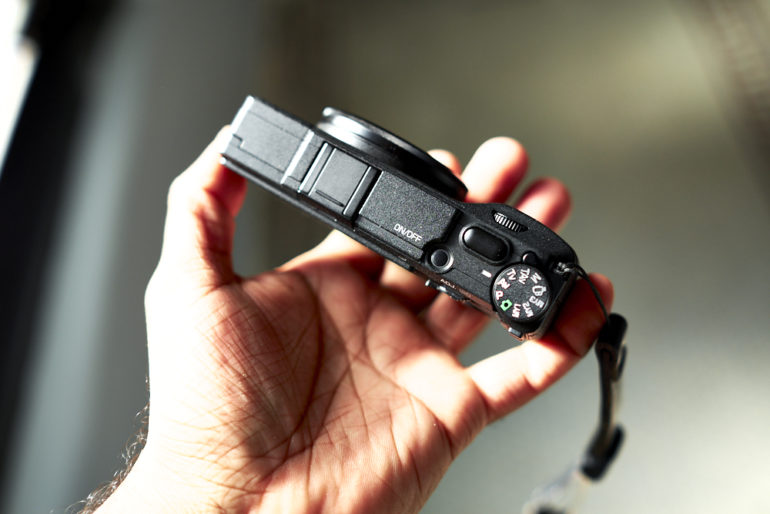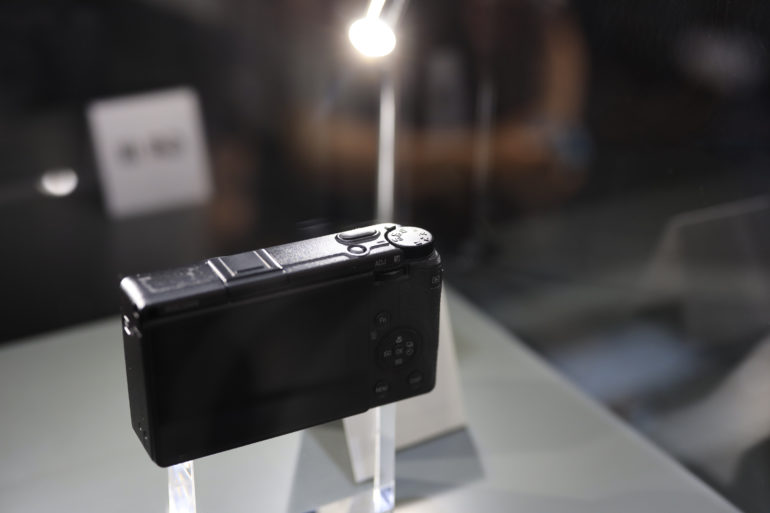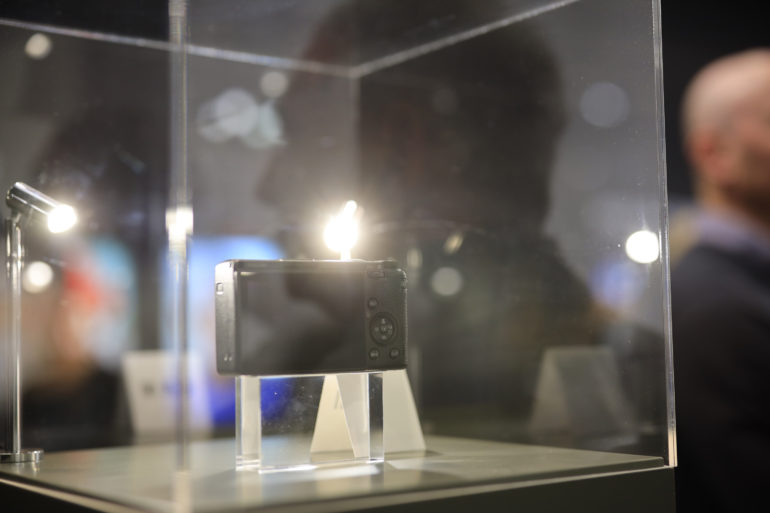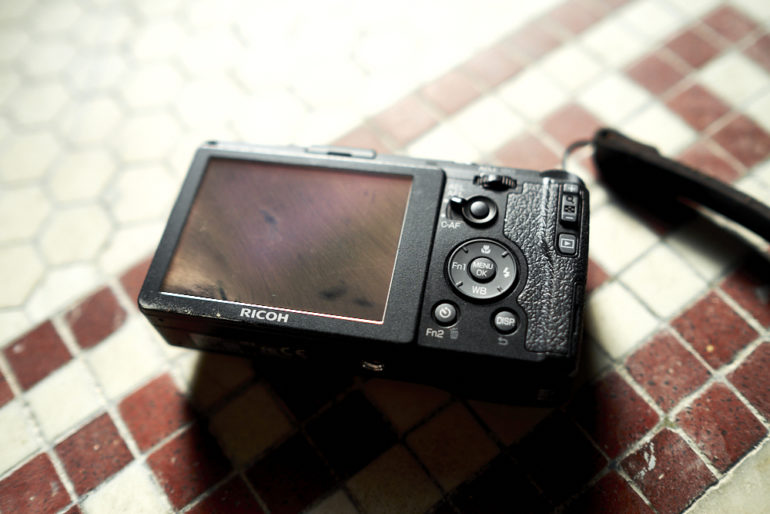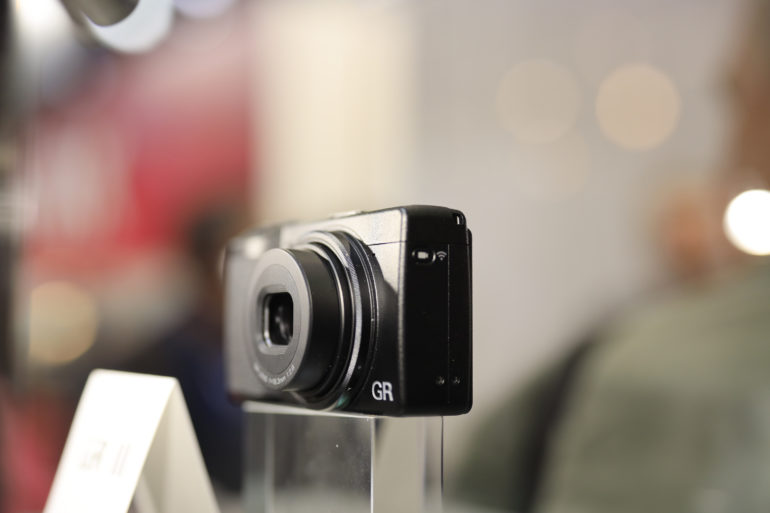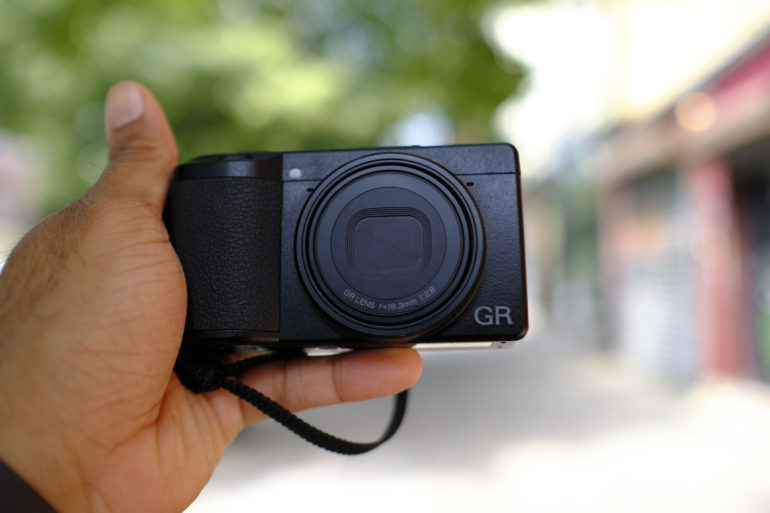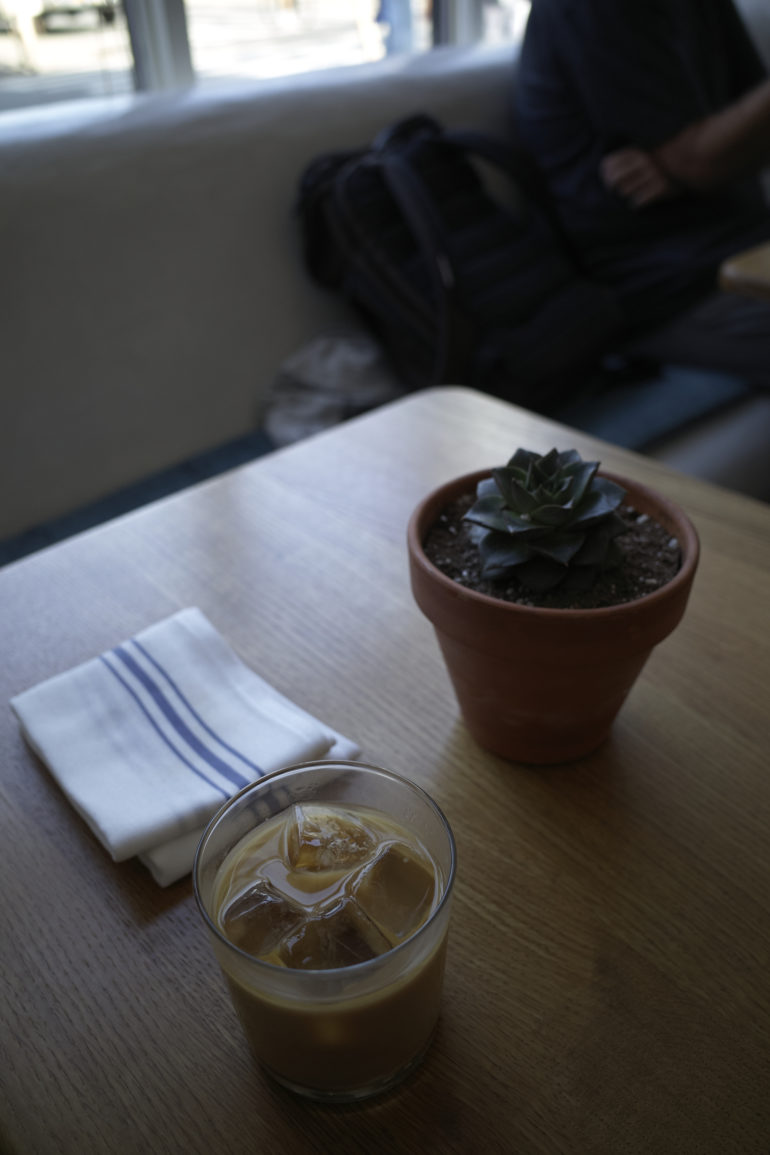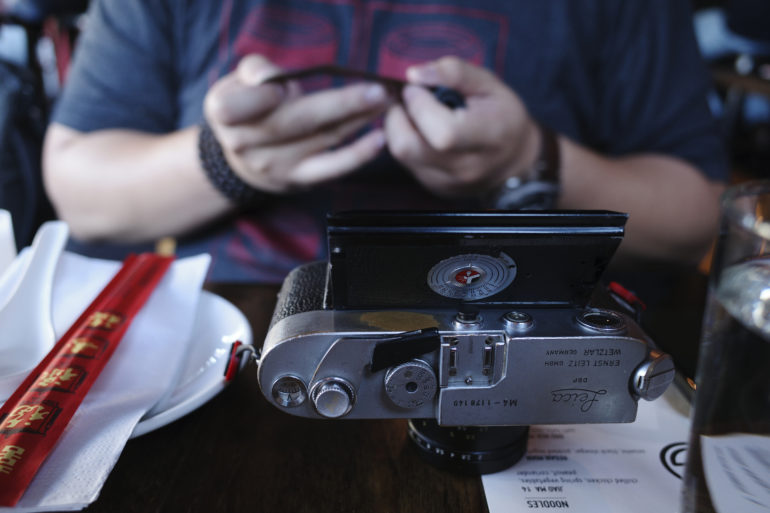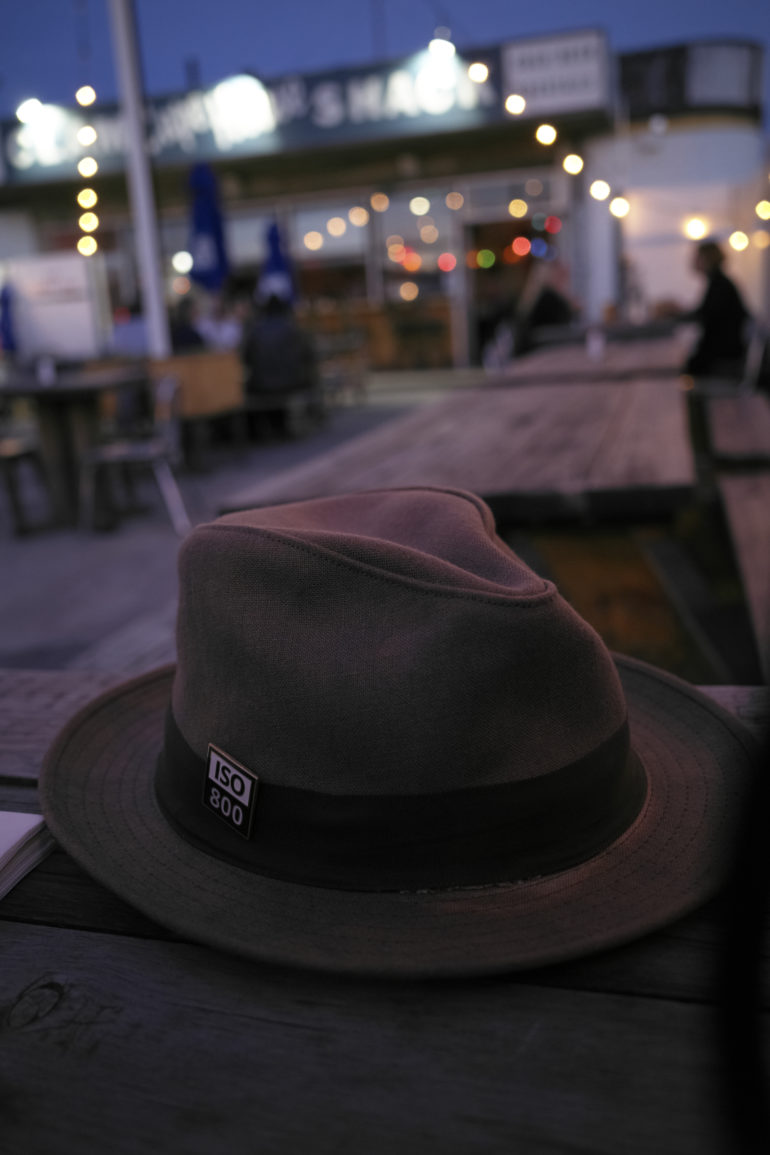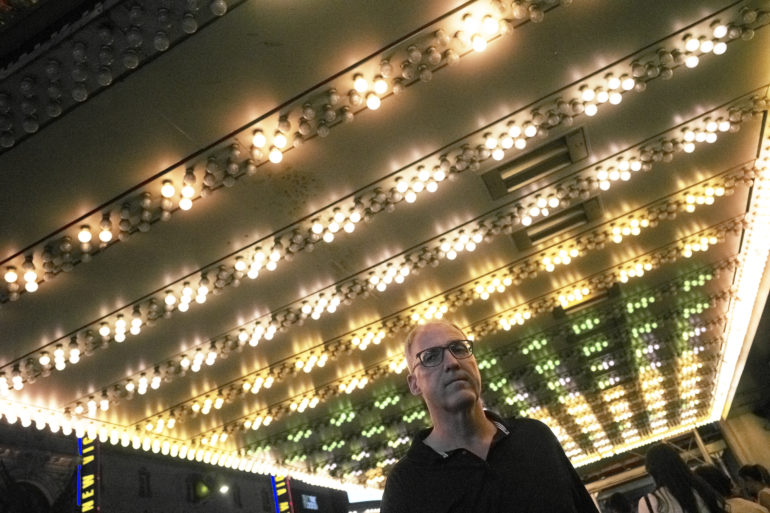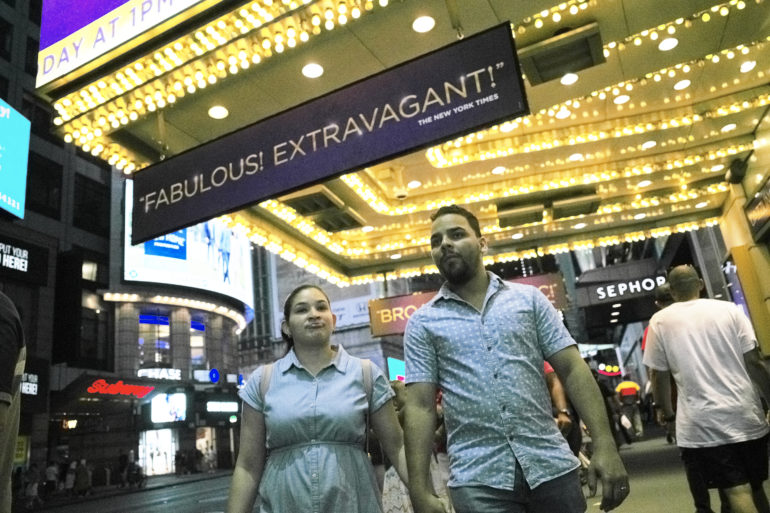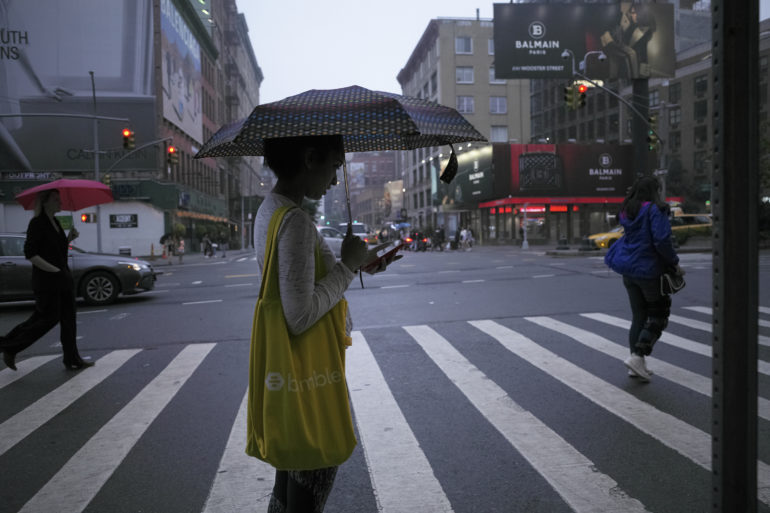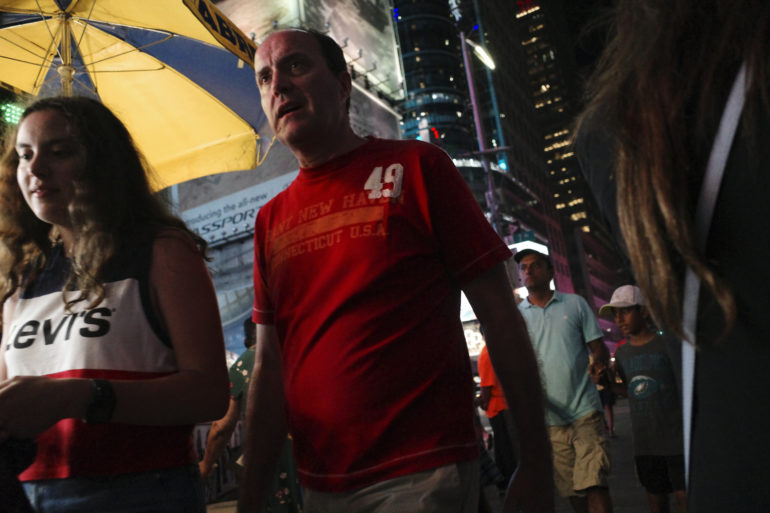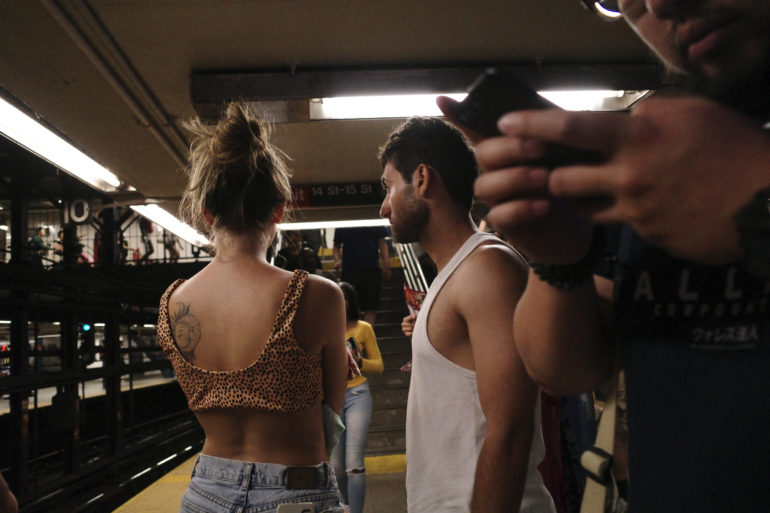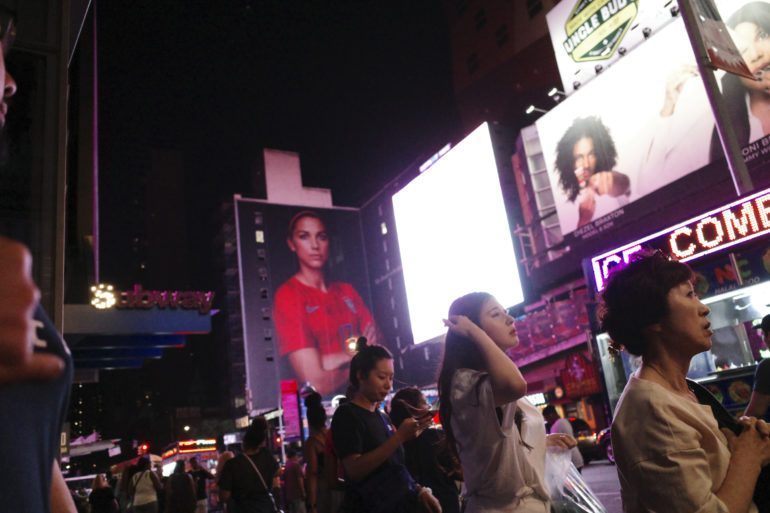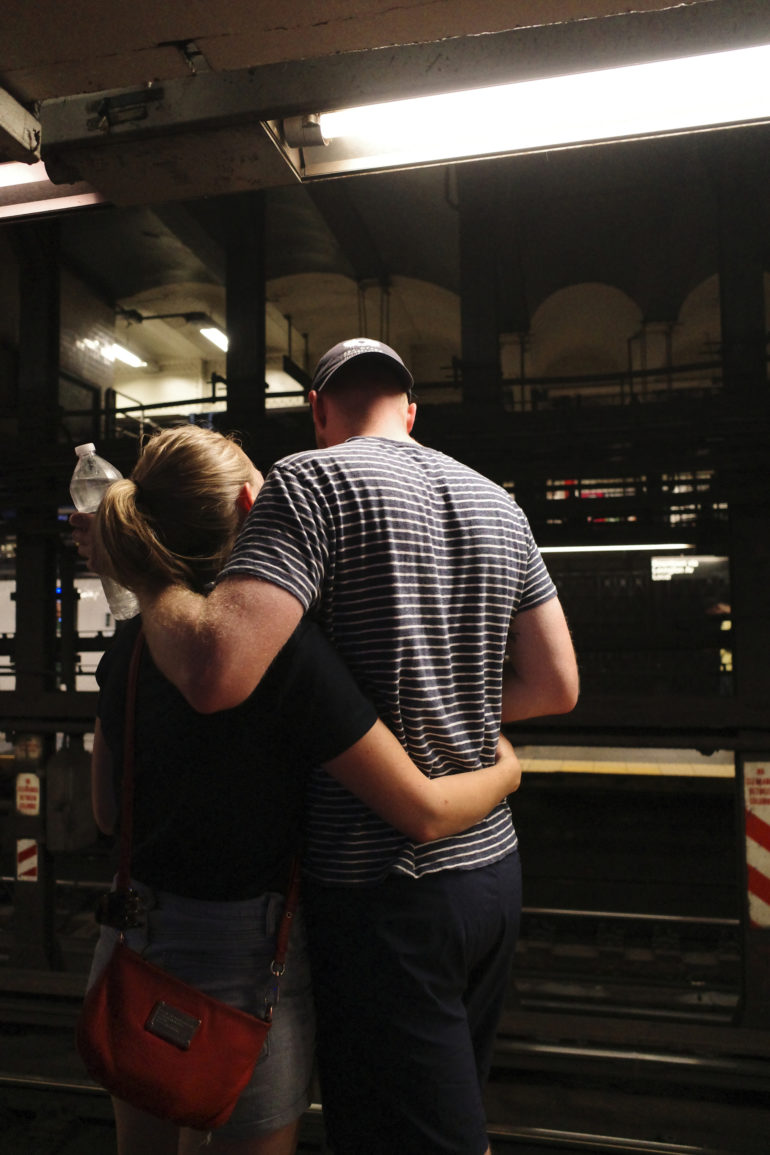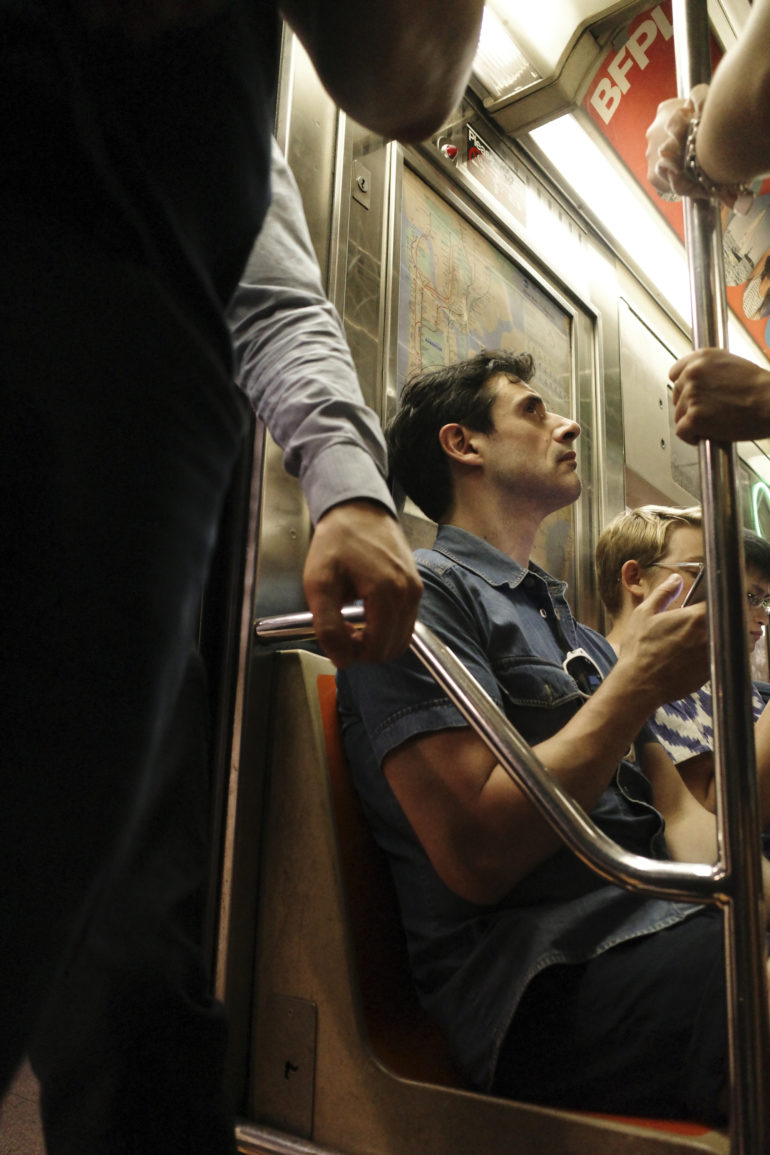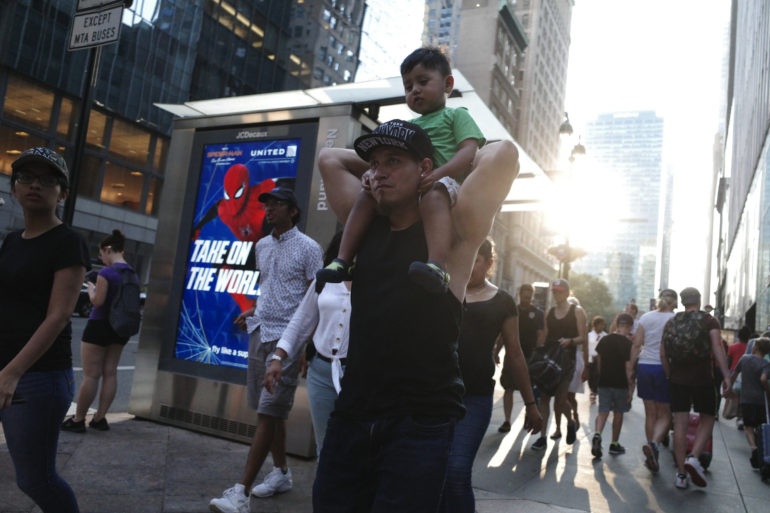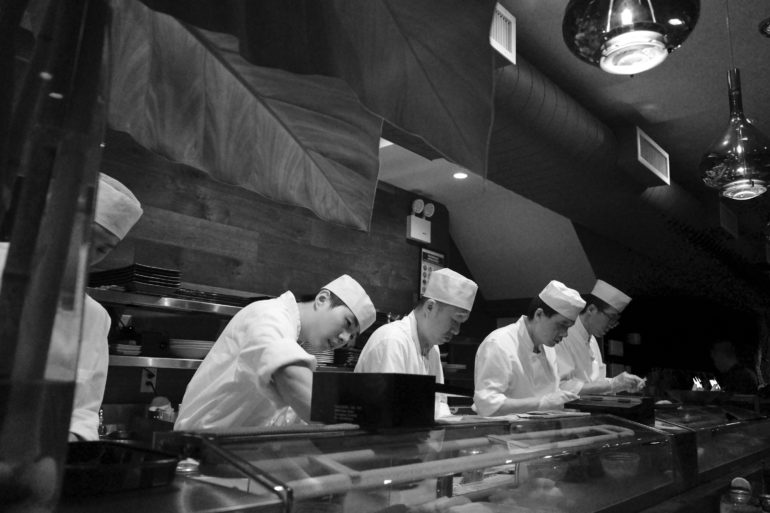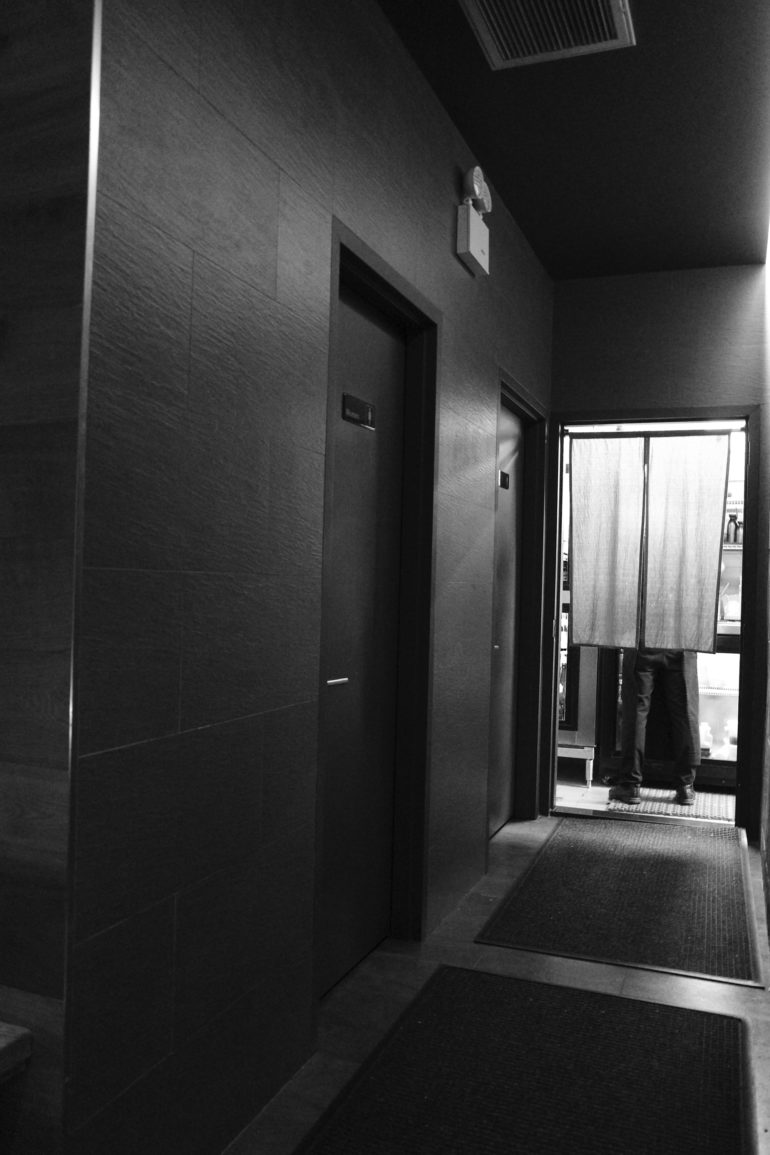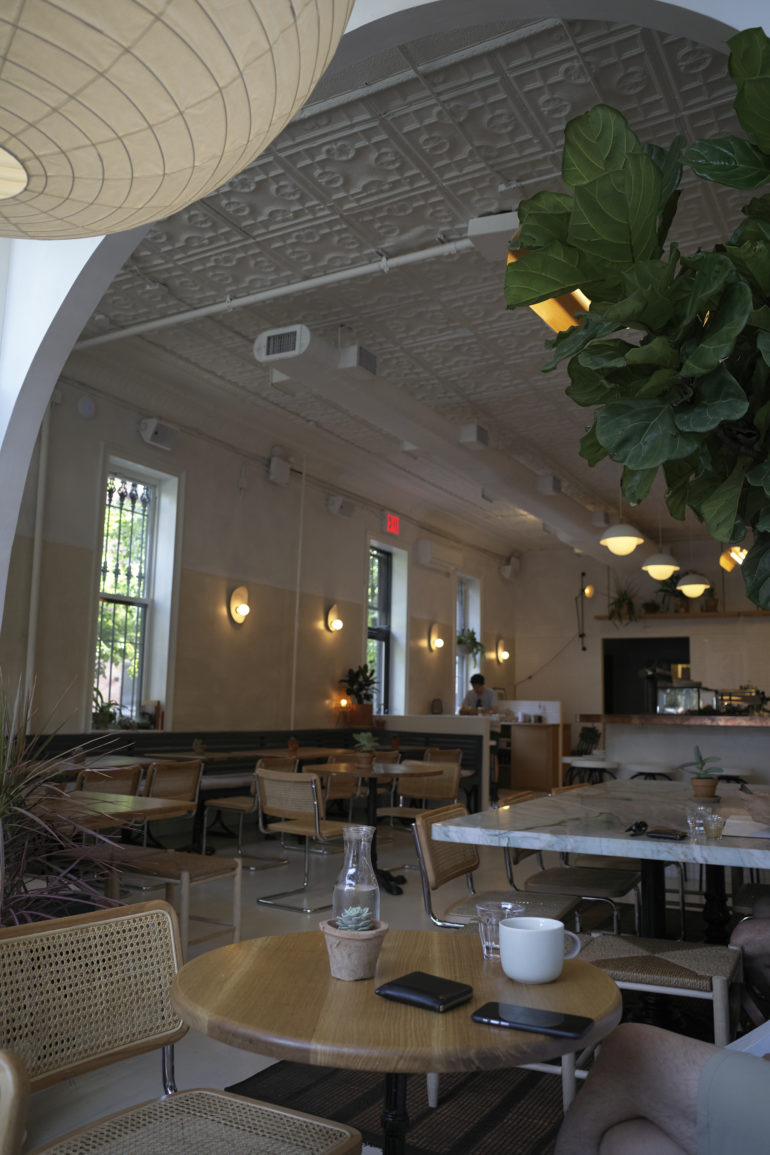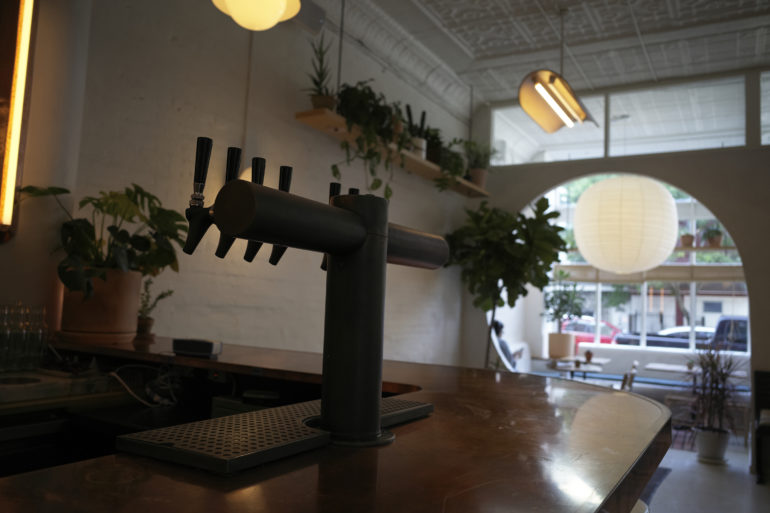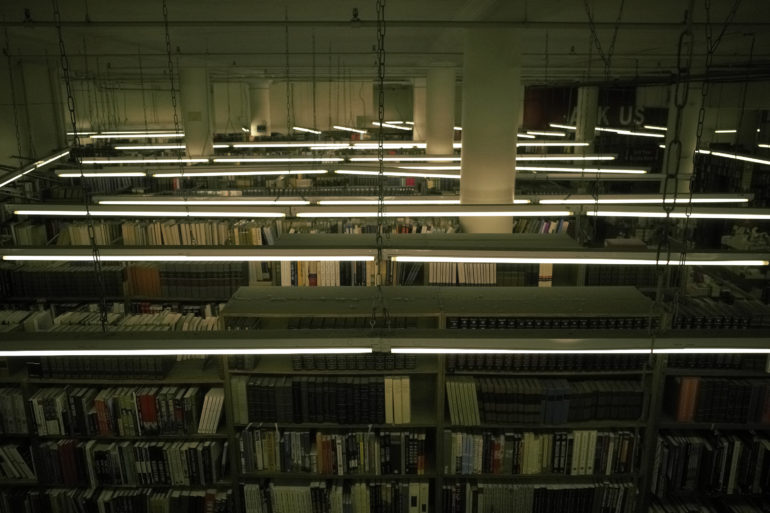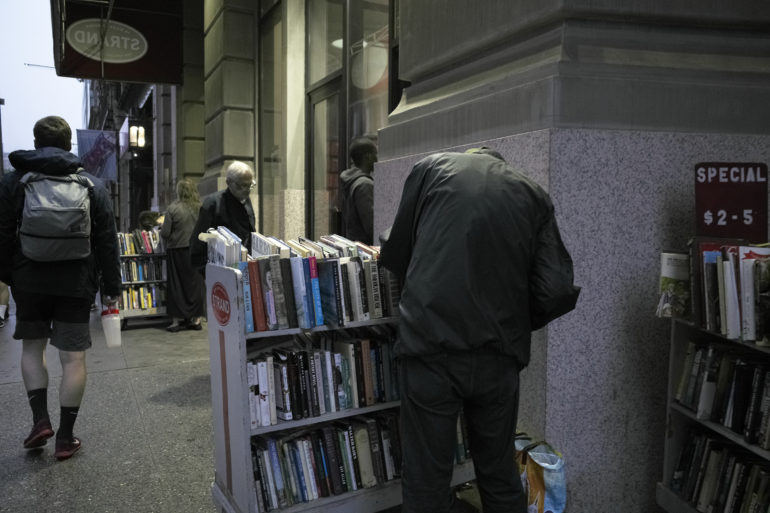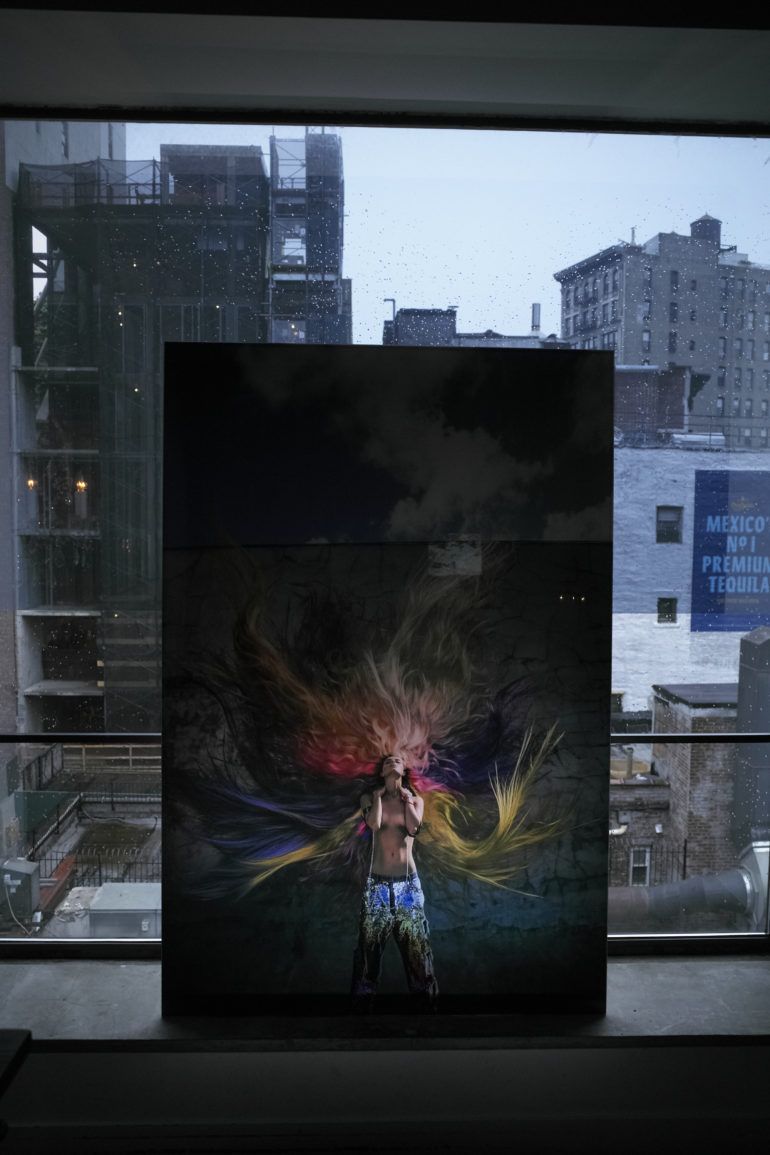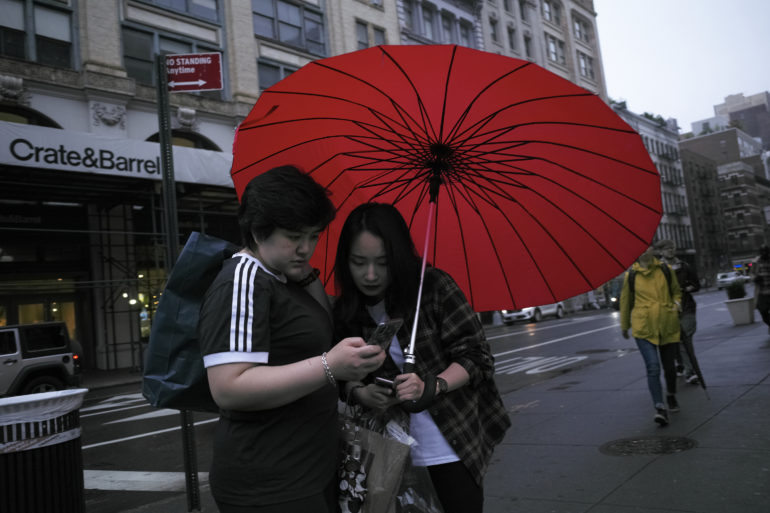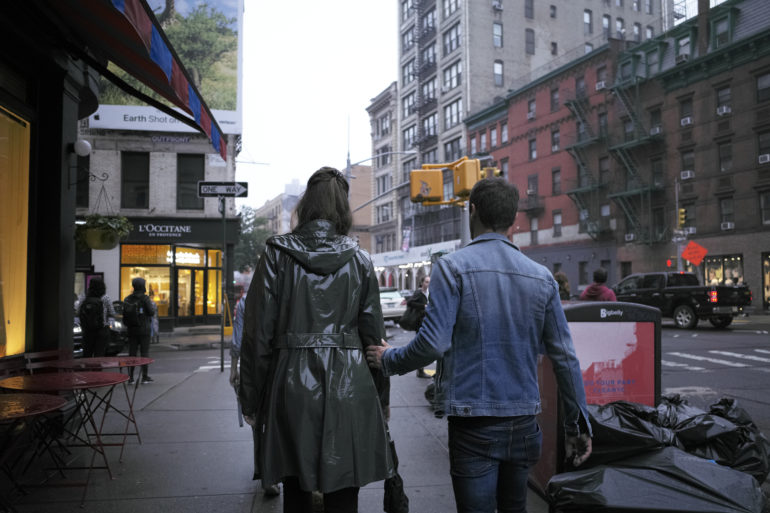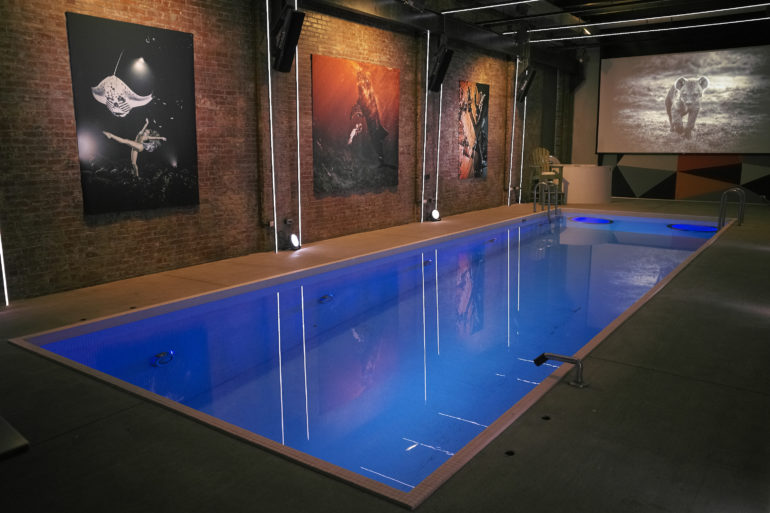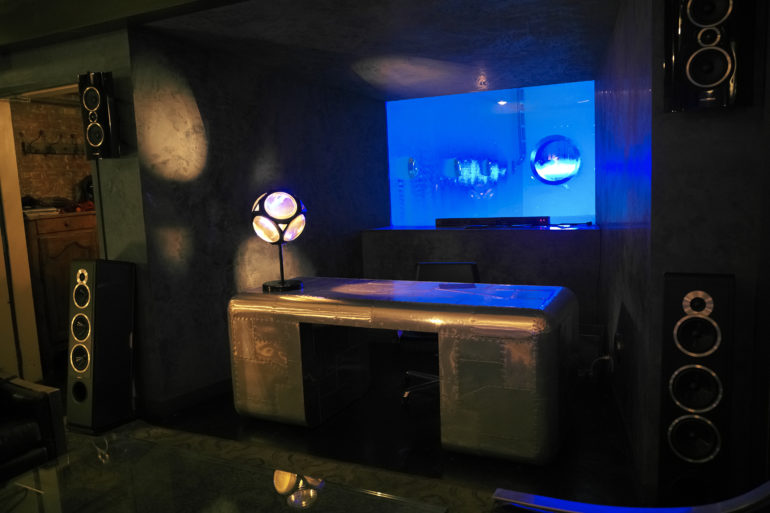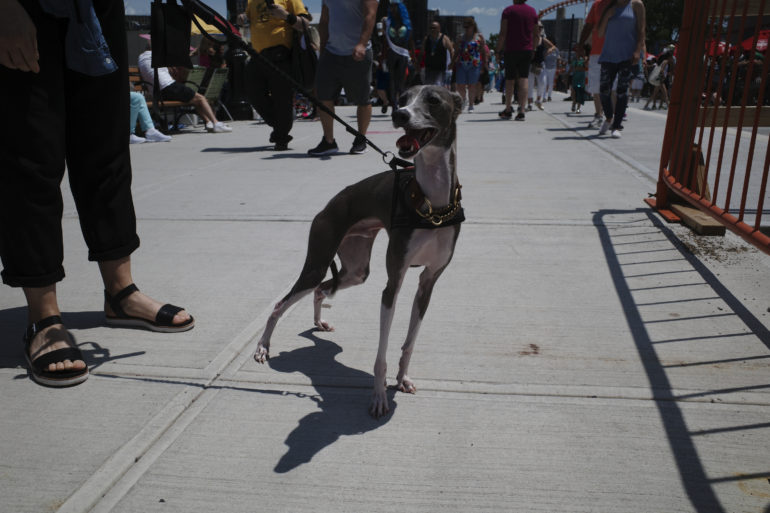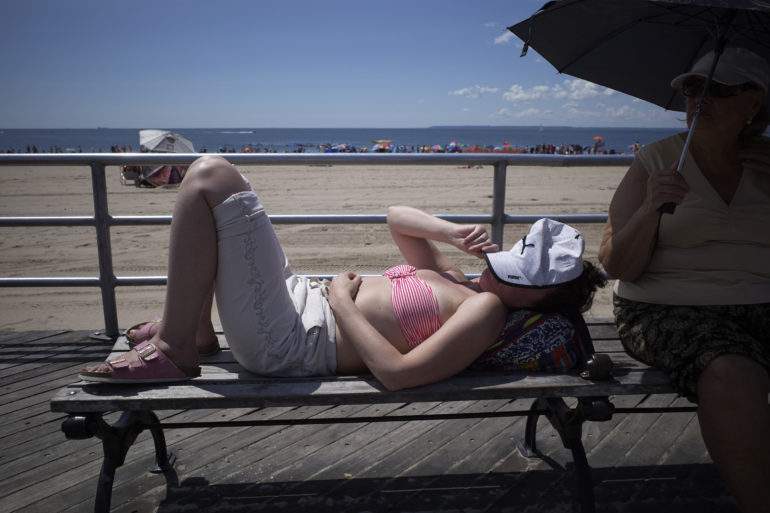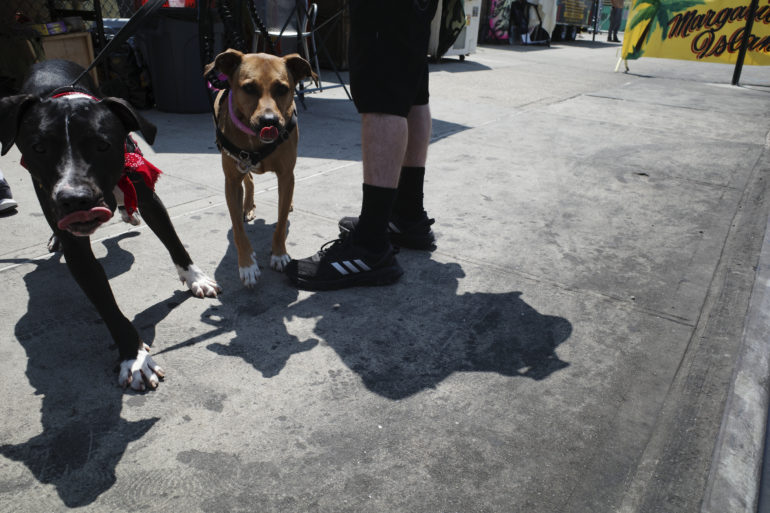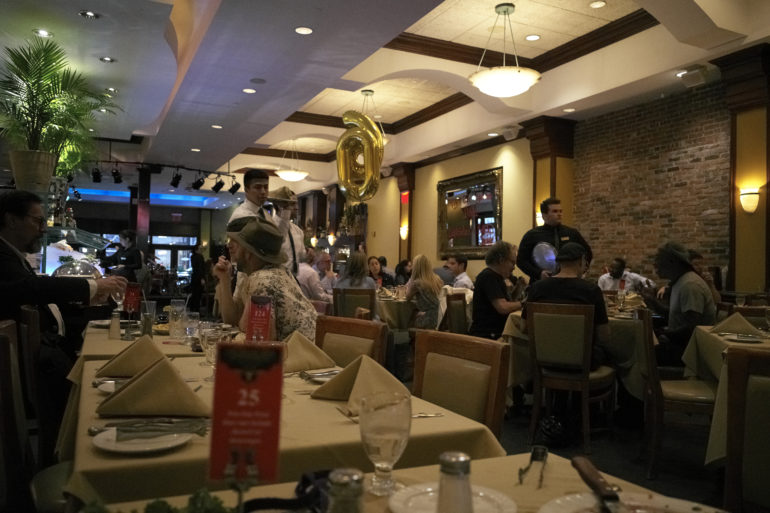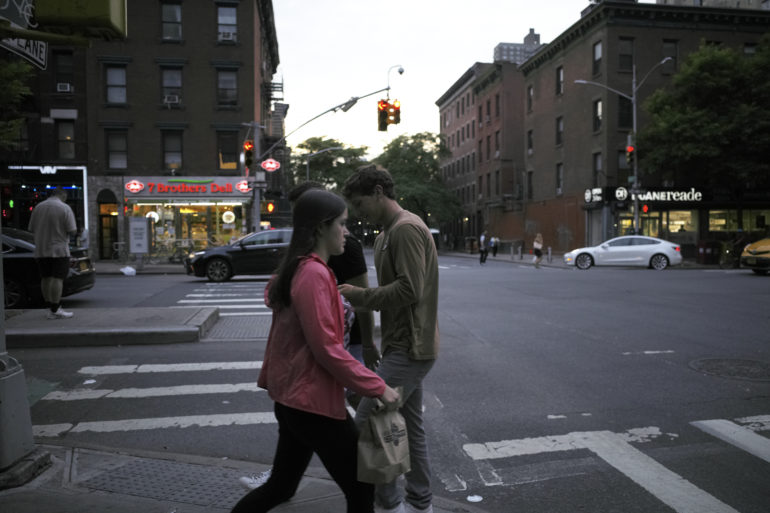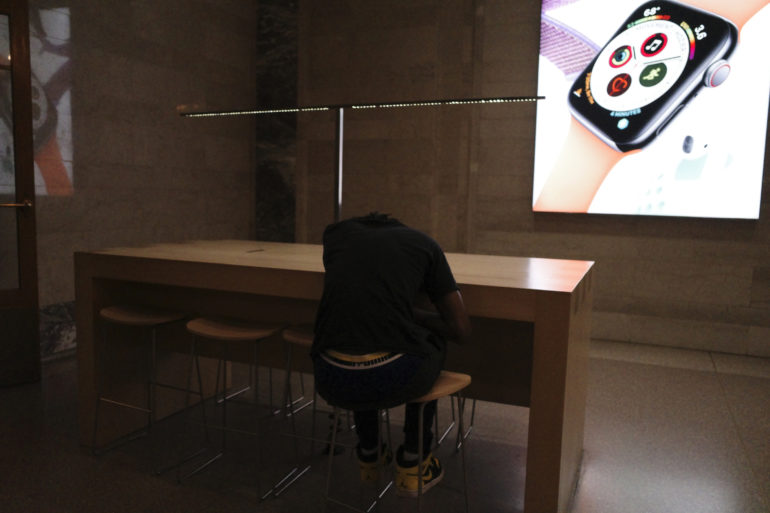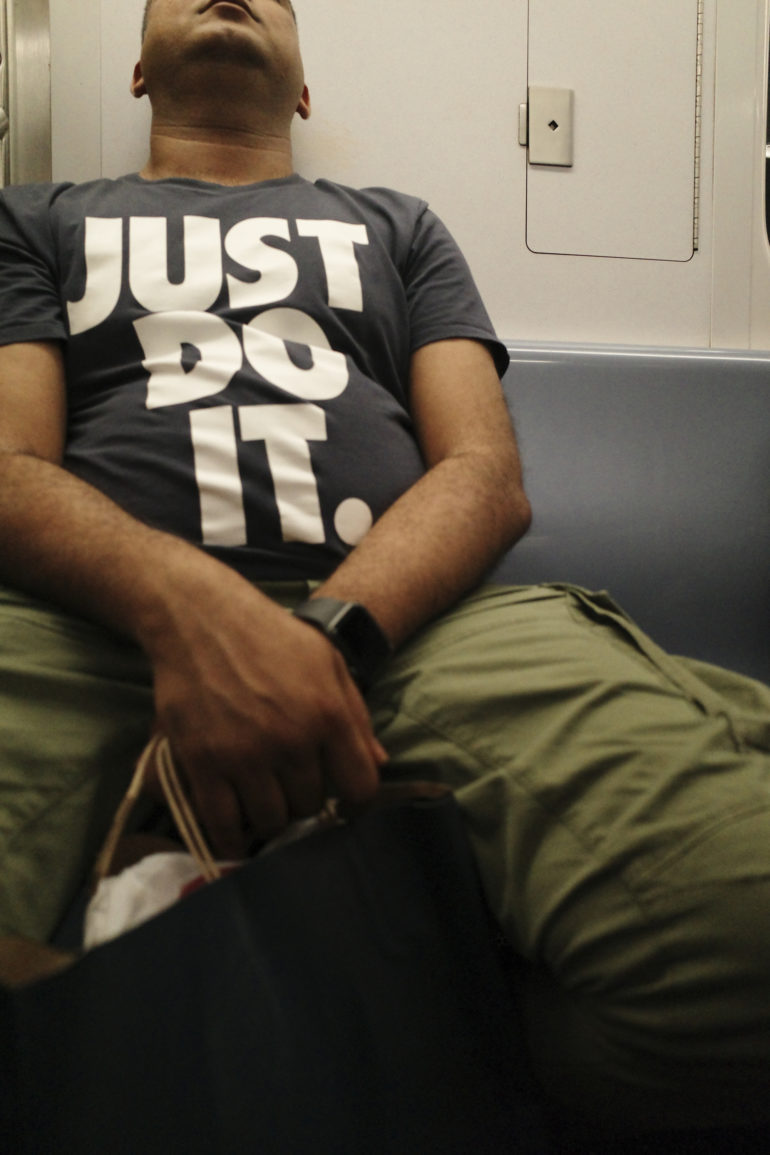Last Updated on 02/04/2020 by Brett Day
The Ricoh GR III is a great camera once you get used to its quirks, but it’s not perfect.
When the Ricoh GR III was announced, I was disappointed to see it was more of an upgrade rather than a brand new camera which would have truly brought it into the modern digital world. I wanted a reason to spend a lot of money for features such as a full frame sensor, weather sealing, improved autofocus, etc. But I felt the Ricoh GR III was a long wait for a few minor updates to the GR II to keep it on par with a number of other products on the market. After spending some time with the Ricoh GR III, I completely understand how a street photographer would want to use it. But if you’re anything outside of this niche then you’re limiting yourself. Arguably, you can reach for cameras with interchangeable lenses that can do more. And phones are very capable these days as street photography cameras. If you’re deeply entrenched into the fad that is modern street photography, then just hope this camera will last you a few years.
Pros and Cons
Pros
- I am smitten with the JPEGs and the color profile simulations
- Snap focus is nice
- Sharp image quality
- Small size of the camera
- Good battery life if you leave the screen off
- USB charging
- Touchscreen
- I’m okay with APS-C, it makes shooting street much easier
- Image stabilization is nice
Cons
- I don’t really care for the RAW files. You may as well just embrace the flaws of the otherwise unique image quality.
- Autofocus is very slow: I’m not even sure why it’s there to begin with.
- No weather sealing is a big problem.
- This camera desperately needed a faster aperture lens. Otherwise, the sensor should have started at ISO 200.
- Deep menus
- No pop-up flash
- Could have used a viewfinder, but I’m not crying about this.
- Lots of folks have been having issues with firmware updates.
Gear Used
We tested the Ricoh GR III by itself.
Tech Specs
Taken from the Adorama listing
- Shake Reduction and Dust Removal
- 28mm lens with 6 elements in 4 groups (2 Aspherical Lens Elements)
- APS-C: 23.5mm x 15.6mm sensor with 24.23 Megapixels
- New high-performance GR Engine 6
- Smaller more compact design 4.30 x 2.43 x 1.3″
- increased customization and operations controls
- Wireless LAN and Bluetooth BLE
- Configuration: Includes Camera Only
- Resolution: 24 MP
- Media Type: SD Card
- Optical Zoom: 1x Optical Zoom
Ergonomics
Taken from our first impressions post:
The Ricoh GR III from the front looks like a typical Ricoh camera. Something that is sort of annoying me is the massive GR logo on the bottom. Photographers are obviously going to put some gaffer tape over it, but why even bother putting the logo there? Ricoh could have opted not to, or have made it black and perforated. The stealth look is valued by a lot of photographers.
The lens is mostly the same as the previous camera (which is pictured above). The grip is also more or less the same with perhaps just a bit more extra protrusion. From the texture that I saw on the grip, I believe the camera, combined with the image stabilized sensor, will work well with the one handed operation many photographers will most likely employ when shooting with the Ricoh GR III.
Looking at the top, the Ricoh GR III is almost identical to its predecessor, which can be seen below. It seems photographers really like the design of the camera and didn’t want a lot of change. This is similar to the Fujifilm X100 series of cameras.
In terms of usability, I really wonder why the Ricoh GR III doesn’t have an EVF. If you consider the one handed operation many photographers will most likely defer to when shooting with this camera, a viewfinder seems so much more instinctive. An EVF could also ensure that the LCD screen doesn’t come on and drain battery.
On the back of the Ricoh GR III, you can see that there also hasn’t been much change at all. The camera is still dominated by that massive screen.
I sort of want to question this. I believe the Ricoh GR III’s screen could have been made smaller. More real estate could have then been used for other buttons, controls, (or that EVF I mentioned).
Here is where you start to see some of the major changes. The Ricoh GR III hasd the +/- switches removed. In the older Ricoh GR II above, you’ll see that they were retained from the first iteration of this camera. The AF type switch was also removed. I’m not sure how I feel about that as it was a nice place for the thumb when holding the camera. If Ricoh had removed all these and added a viewfinder, I would be happier. But in its current state, I’m not really sure how I feel.
The Ricoh GR III received enhancements under the hood, but I’m not certain how that will translate into actual use and functionality. I understand the low profile look, but I think some of the functionality and practicality aren’t jiving with how I’ve seen folks use the previous camera.
Build Quality
The Ricoh GR III feels almost exactly the same as its predecessor when it comes to build quality. Most street photographers who go about shooting are probably brave enough to only venture out and shoot during the daytime. In truth, most of the magic happens in the rain these days for me. But in addition to that, higher build quality demands are important for a photographer toting around a camera like this. Of course, I’m talking about weather sealing. I’m of the firm belief that every camera these days should be weather sealed. If an iPhone or a Pixel can survive the rain and shrug it off, so too should a specialized imaging tool.
Otherwise, this is a small camera. If you have larger paws, you’re probably not going to find it that comfortable. But if you’re joining me amongst the more vertically challenged photographers then you’ll have little issues. Using it with a wrist strap and then simply going about shooting with it is a nice enough of an experience.
Ease of Use
Where I’ve found the Ricoh GR III to be fantastic is with simply putting an emphasis on shooting in aperture priority and not really thinking about shooting. Instead, you’re just hyperfocal length shooting and keeping in mind a specific distance. It keeps you connected to what’s going on around you, and as long as you just know how the 28mm focal length can frame a scene, you’re golden. When it comes to manipulating the settings and going through the menus that things can get annoying. Each menu is deep and the touchscreen can surely help with that. To that end, I switch between the bleach bypass, positive film, and black and white looks. Getting to those settings specifically is a bit time consuming and I couldn’t find a fast way to do it.
Now here’s the bigger thing: while you’re probably someone who would shoot with this camera in DNG mode, I care nothing for the RAW files. I feel like there are much better modern APS-C options out there from both Fujifilm and Sony. So when it comes to my shooting methodologies, I just go for JPEG shooting.
One thing that is very nice is the addition of image stabilization. It helps a lot when it comes to getting steady shots while on the move in the streets. You’re also bound to get stopped by other street photographers who want to talk gear. In the past weekend, I encountered at least three per day that didn’t want to leave me alone. Perhaps this adds to my bitterness about the Ricoh GR III. There are tons of street photographers out there doing their thing with a phone or better ILC cameras and so there needs to be a great reason to spring for the Ricoh GR III. Unfortunately, I don’t see this camera lasting very long. Everyone I knew who owned the GR II ended up buying another one later on when the prices went down. And the truth is that I can still use an X Pro 1 with a lens zone focused out a certain distance and get film-like images. The same goes for my XT2 and XH1. If I wanted smaller, then I’d go for my phone or a film camera.
Autofocus
The autofocus on the Ricoh GR III is awful. I’m going to flat out say that any modern phone can outperform it. I felt that Ricoh put no effort into it. It’s performance is so poor, I wonder why Ricoh decided to implement it. It would have instead been more beneficial to put a zone focusing switch on the camera to pre-focus it to your own needs. I’ve used the Ricoh GR III’s autofocus a few times and it let me down often. I found it nearly useless or way too slow.
Don’t buy the Ricoh GR III for the autofocus. Instead, use the excellent snap focus feature. Again though, this segments the camera to just street and documentary shooting to a point.
Image Quality
In my opinion, the best image quality from the Ricoh GR III is from the JPEGs. It has the ability to shoot DNG raw files but there’s no point in my mind. Above ISO 1600 I feel like the image quality breaks up and that you’re going to have to put a bigger emphasis on getting it right in-camera. With a lens that has a maximum aperture of f2.8, you’re also going to need to shoot at higher ISOs often to get a shutter speed that stops fast moving motion. All of this is compounded, but for what it’s worth, I’m positive most folks wouldn’t really realize that most of the images in this review are JPEGs right out of the camera.
Bokeh
While I’m pretty sure that street photographers don’t care about bokeh, the Ricoh GR III can deliver it when you focus closely. It’s an f2.8 lens with an APS-C sensor. I really wouldn’t expect a whole lot considering how you’re supposed to use the camera.
Chromatic Aberration
There is no chromatic aberration worth talking about. Ricoh did a great job with this lens.
RAW File Versatility
Meh. This is where I really don’t care for the Ricoh GR III. Any time that I’d need to care about the RAW file versatility would be to push the shadows. But at the higher ISO settings (which you typically need to be at) you’re not going to get a whole lot back.
Sharpness
One of the best things about the lens on the Ricoh GR III is the sharpness of the lens. It’s great even at f2.8. Combine this with the details that the sensor can render and there is no reason to complain. If anything, the images look like bleeding edge sharpness and a bit like older Rokinon lenses when it comes to output.
High ISO Output
At higher ISO settings, the Ricoh GR III can be grainy. But my philosophy here is to embrace that look. Put the Ricoh GR III into the positive film mode or the black and white modes and you’ll simply just like the flaws. Again, this is a testament to the JPEGs. In fact, I’d say these JPEGs are better than what Fujifilm has produced for me.
Color Rendition
This photo is specifically to show you how it will render skin tones. It’s cinematic almost; and some folks may say that it looks like film. Either way, the colors are great if you embrace them.
Extra Image Samples
Conclusions
Likes
- Small size
- Zone focusing (snap focus) is good
- Nice optics
- Great colors
Dislikes
- I don’t even know where to begin.
What I state in my dislikes has to do with the fact that the Ricoh GR III is targeted to such a niche audience. In our original meeting with Ricoh, they showed us how working photographers are using it for more. With that said, I feel like I’ve been let down. So what are my problems with the Ricoh GR III:
- It needed to be full frame to have better long term usage. These cameras aren’t updated often.
- Weather sealing is a must these days.
- Get rid of autofocus or just allow us to use snap focus and nothing more.
- Why get rid of the flash?
- The menus can be confusing.
- The DNG files aren’t worth writing home about.
- It needs a faster lens or an APS-C sensor that is super clean beyond ISO 6400. By that, I mean that the output should be much cleaner than it is even when you embrace the noise.
- I would like a tilting screen if they’re not going to give me a viewfinder. Otherwise, this is a camera meant for shooting from the hip to a certain point.
- It’s just meant for street photographers.
The Ricoh GR III is in many ways a one trick pony. So what’s great about it?
- The colors it can output in the JPEGs are simply the best I’ve ever seen.
- Snap focus is a nice tool for street shooters.
- The battery life can be great when you disable the screen.
- Small size
- Image stabilization on the sensor
In my opinion, the Ricoh GR III is too much of a niche camera. For $899 you can get so many other things instead. Skip out on this and either get a fine film point and shoot or an older digital camera with a lens to call it a day.
The Ricoh GR III receives three out of five stars.


